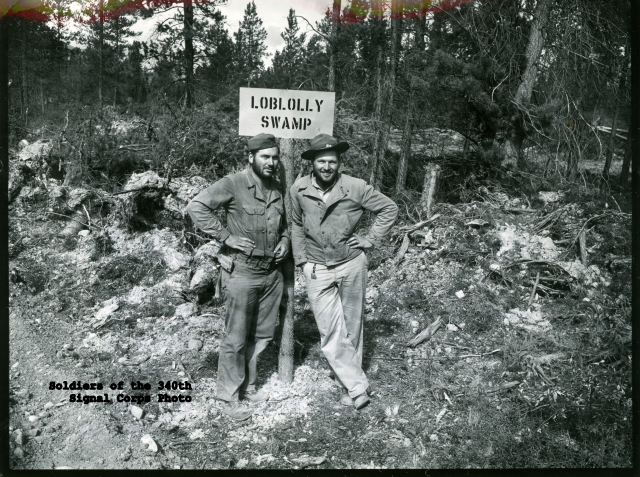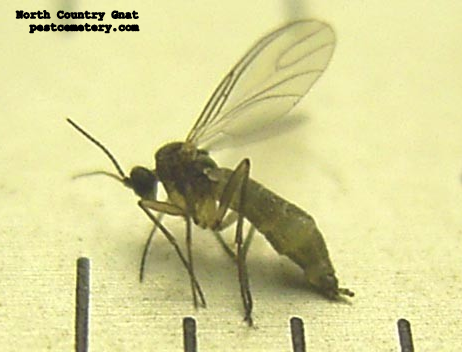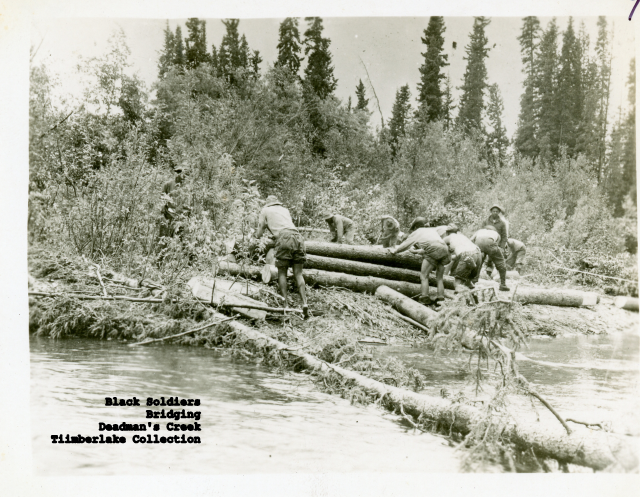
Inexperience can have consequences. The fuel tank exploding under his bottom shouldn’t have surprised Pvt. Hall, but it did. Inexperience…
Donald L. Hall drove trucks in convoy out of Dawson Creek in 1942. He negotiated the Alaska Highway at the rear of the convoy, piloting a truck full of spare parts and tools. When trucks broke, the relatively inexperienced mechanic fixed them. Many years after the fact he told Donna Blasor-Bernhardt this story for her book, Pioneer Road.
When the gas tank on a 6 X 6 truck sprung a leak, Donald removed it. He knew he should fill it with water before working on it. But he had no water. He did have a portable air compressor, so he blew the tank out with air and hoped that would make it safe to work on.
Link to another story about fire “Stoves in Tents”
He tried to solder the leak, and he got away with that, but it didn’t work. The solder refused to flow where he needed it. So he broke out the blow torch. Straddling the end of the tank away from the leak, concentrating, he barely noticed the fellow standing in front of him.

Donald remembered a “terrific boom” and a blast of flame. He remembered going airborne for a time before he landed on his rump and slid for a few feet. The man in front of him lost his eyebrows and some hair from his neck. Solder decorated the bill of Donald’s cap and the red bumps on his face looked like a case of measles.
The gas tank, of course, had reached the end of its useful life. One end blew out completely and the “shape of my legs were on the sides of it.” Donald joked in later years that he had been the first astronaut.
Should my gas tank develop a leak, I believe I’ll find someone a bit older and wiser than Donald, to fix it.



























